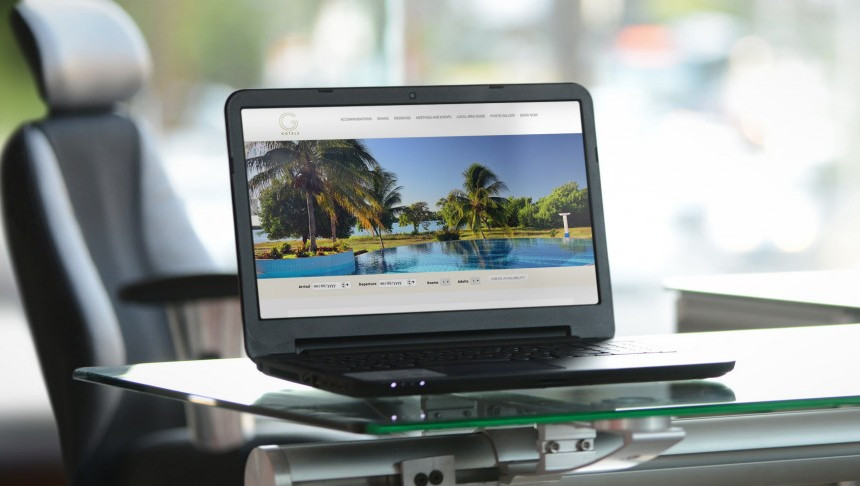
The trick to effective content marketing is being in the right place, at the right time, with the right content and messaging.
Once you’ve defined your audience you can start planning content campaigns to fit their needs at various stages of the customer journey to purchase.

Tactical considerations include how we a) distribute and amplify our content to reach the right people at the right time, and b) how we reconnect with them at a later stage when they’re ready to make a purchase.
Paid channels such as display, search and social pay-per-click (PPC) ads provide some of the most reliable and consistent solutions to distributing content to target audiences and recapturing qualified prospects later in the customer journey.

Bonus resource! Paid media is notorious for its acronyms – you’re going to see a lot in this article. To help, we’ve included a handy glossary to all the main terms at the end. Enjoy!
Display advertising: alive and kicking (ish)
Display ads (“banners”) are one of the oldest and most recognisable ad formats. Originally a mainstay of online advertising, the utility of banner ads has been questioned in recent years.
While it’s true that click through rates (CTR) on standard display is low relative to other formats, they do retain a role in the content strategy mix.
The biggest platform for display ads is the Google Display Network (GDN), which is administered via the Adwords interface.
They look something like this:

Common characteristics:
- Very low cost per click (CPC) – usually between $0.10 – $0.30.
- Reasonable targeting – you can target basic demographics, interests and contexts. A very useful feature on the GDN is placement targeting i.e. choosing the sites where you want your ads to appear – great if you know which sites your audiences visit.
- Low purchase intent – people rarely click banners and make a purchase. This means it’s much more effective early in the journey to purchase.
In terms of content strategy and the customer journey, these characteristics make display useful for distributing content, generating high volumes of traffic and bringing moderately qualified prospects in at the top of the funnel.
An example use-case would be using display ads to promote content, such as a downloadable guide. This is an affordable way of bringing high volumes of traffic, which can be qualified and re-captured at a later stage.




